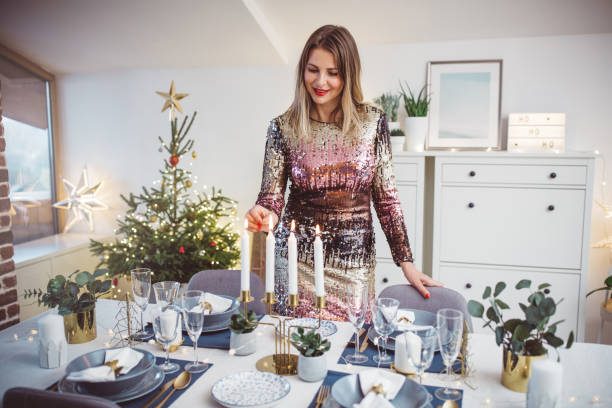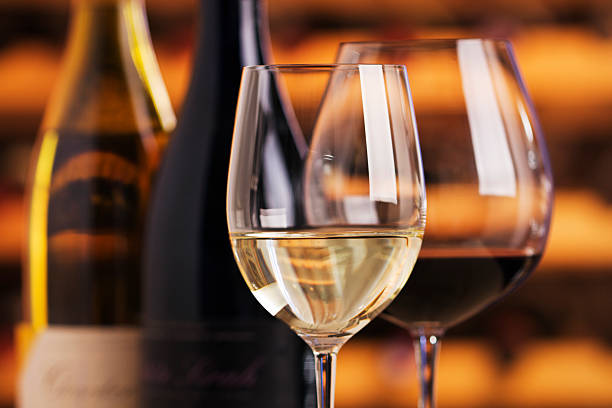Deciding to be a winemaker at home is by far the most difficult thing you can do. Wine is a mystery to many. For many, the first step is often the most difficult.
Let me let you in on an insider’s secret… wine is not as complex as it seems, and the intimidation that comes with it is overrated.
This article will help you to see past the mystique and intimidation of wine. It will show you that it is not magic; it is not folklore. It is a natural process provided by Mother Nature that happens to produce the gift of wine.
Fermentation
All other winemaking activities revolve around fermentation. The fermentation process is what turns fruit into wine. During the foaming and bubbling of fermentation, yeast will consume any sugars available and convert them both into alcohol and CO2 gases.
This is a natural process that will occur if conditions are right. This is where the winemaker comes into play.
The winemaker does not make the wine but ensures that all conditions are right for a healthy ferment. The winemaker can only wait once the fermentation has begun.
Fermentation can last from 2 to 4 weeks. The only thing you need to do as a winemaker is periodically siphon off the sediment. Experienced winemakers know this as “racking.”
The first racking occurs around the fifth to seventh day of fermentation. This is when you should remove any pulp that is in your recipe. Up to this point, the fermentation has been left open and exposed to air. After the first racking, the fermentation must be sealed from the air using a container with an air lock or air trap.
After the fermentation is complete, a second racking will be done. After the wine has been given time to clear, a third rack is performed, and it is then bottled.
Racking is usually a 15-minute process for the home winemaker making 5-6 gallons. As you can see, Mother Nature is the one who is doing the majority of the work in the fermentation process. Most of the time, you are just a nervous bystander.
Fermentation Before the Fermentation
The winemaker’s main goal is to ensure that conditions are favorable for fermentation. How do you go about it?
Start with a solid recipe:
A recipe is essential to a successful fermentation. You will travel through your first batch of fermentation in a fog without a clear and reliable formula.
Many sources are available for reliable recipes. You can first check out the Wine Making Recipes on our website.
You will also find recipes to make wine from more common fruits. These recipes can be found in the following link: “7 Simple Steps to Making Wine”.
You can find many more recipes in our books, on the Internet… and all the juices that we sell come with detailed instructions.
You can find out what goes into a wine recipe by reading the article “Creating Your Winemaking Recipes.”
This article breaks down the various elements in a wine recipe to help you better understand them.
A good recipe allows you to create a healthy fermentation… using the correct ingredients… and in the proper amounts… resulting in a wine of surprising quality.
Get the Right Equipment to Start:
You can also ensure good fermentation by using the right equipment for home winemaking. You don’t need to spend hundreds of dollars on equipment to make wine. However, there are a few essentials that you must have before making your first batch.
– A food-grade vessel for fermenting
– A valve for sealing the fermentation later.
Hoses to siphon juice.
A hydrometer to check the level of sugar in the wine.
Something to stir with
Before you start making your first batch, it is important to have the following equipment. You can make wine if you have the bare essentials.
You should get a fermentation bag if you’re dealing with fresh fruit instead of packaged juices. This will help you manage any pulp.
Start With A Kit
Our three starter kits for winemaking are a great alternative to buying all the ingredients and equipment. Our kits are called “Necessities” boxes because they include the most essential elements and items. The same products that we sell separately are included in these kits but at a reduced price.
You get a great deal on a Necessities Box, and you also receive recipes and instructions that are unique to the kit. You will receive clear and understandable instructions that take you through the entire process step-by-step. You will also get a recipe for success.
Sun Cal Necessities Boxes is the link to our website where you can find them.
Fermentation After the Fermentation
After the fermentation has finished, your task will be very easy. After a few days, allow the yeast and other solids in the wine to settle at the bottom of your fermentation vessel. Then, siphon off the sediment and pour the wine into bottles.
Mushroom Corks are a great alternative to a wine corker if you don’t want to spend the money on one yet. They are hand-inserted corks, not the mechanical ones used by commercial wineries. These Mushroom Corks can be found at this link on our website: Mushroom Corks.
Store your wine in a cool area, such as the cellar floor or basement. If you don’t plan to keep your wine bottles for many years, a professional wine cellar may not be necessary.




